
In the arts and in literature, the term avant-garde identifies a genre of art, an experimental work of art, and the experimental artist who created the work of art, which usually is aesthetically innovative, whilst initially being ideologically unacceptable to the artistic establishment of the time. The military metaphor of an advance guard identifies the artists and writers whose innovations in style, form, and subject-matter challenge the artistic and aesthetic validity of the established forms of art and the literary traditions of their time; thus how the artists who created the anti-novel and Surrealism were ahead of their times.

Battleship Potemkin, sometimes rendered as Battleship Potyomkin, is a 1925 Soviet silent drama film produced by Mosfilm. Directed and co-written by Sergei Eisenstein, it presents a dramatization of the mutiny that occurred in 1905 when the crew of the Russian battleship Potemkin rebelled against its officers.

Hilda Doolittle was an American modernist poet, novelist, and memoirist who wrote under the name H.D. throughout her life. Her career began in 1911 after she moved to London and co-founded the avant-garde Imagist group of poets with American expatriate poet and critic Ezra Pound. During this early period, her minimalist free verse poems depicting Classical motifs drew international attention. Eventually distancing herself from the Imagist movement, she experimented with a wider variety of forms, including fiction, memoir, and verse drama. Reflecting the trauma she experienced in London during the Blitz, H.D.'s poetic style from World War II until her death pivoted towards complex long poems on esoteric and pacifist themes.

Bryher was the pen name of the English novelist, poet, memoirist, and magazine editor Annie Winifred Ellerman, of the Ellerman ship-owning family.
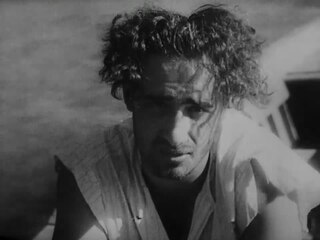
Experimental film or avant-garde cinema is a mode of filmmaking that rigorously re-evaluates cinematic conventions and explores non-narrative forms or alternatives to traditional narratives or methods of working. Many experimental films, particularly early ones, relate to arts in other disciplines: painting, dance, literature and poetry, or arise from research and development of new technical resources.
Robert Herring was a novelist, essayist and poet, remembered as an early writer on film, being film critic of The Guardian for most of the 1930s, a regular contributor to the modernist film magazine Close Up, and later editor of the literary magazine, Life and Letters To-day from 1935 to 1950.

The Russian avant-garde was a large, influential wave of avant-garde modern art that flourished in the Russian Empire and the Soviet Union, approximately from 1890 to 1930—although some have placed its beginning as early as 1850 and its end as late as 1960. The term covers many separate, but inextricably related, art movements that flourished at the time; including Suprematism, Constructivism, Russian Futurism, Cubo-Futurism, Zaum, Imaginism, and Neo-primitivism. Many of the artists who were born, grew up or were active in what is now Belarus and Ukraine, are also classified in the Ukrainian avant-garde.
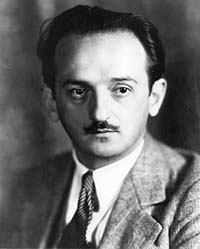
Slavoljub "Slavko" Vorkapić, known in English as Slavko Vorkapich, was a Serbian-born Hollywood montagist, an independent cinematic artist, chair of USC School of Cinematic Arts, chair of the Belgrade Film and Theatre Academy, painter, and illustrator. He was a prominent figure of modern cinematography and motion picture film art during the early and mid-20th century and was a cinema theorist and lecturer.

Soviet montage theory is an approach to understanding and creating cinema that relies heavily upon editing. It is the principal contribution of Soviet film theorists to global cinema, and brought formalism to bear on filmmaking.

Le Giornate del cinema muto is an annual festival of silent film held in October in Pordenone, northern Italy. It is the first, largest and most important international festival dedicated to silent film and also is present in the list of the top 50 unmissable film festivals in the world according to Variety. The Pordenone Silent Film Festival is a non-profit association, whose president is Livio Jacob. The director from 1997 until 2015 was David Robinson. In 2016, Jay Weissberg became director. Other members of the festival board are Paolo Cherchi Usai, Lorenzo Codelli, Piero Colussi, Luciano De Giusti, Carlo Montanaro, Piera Patat.
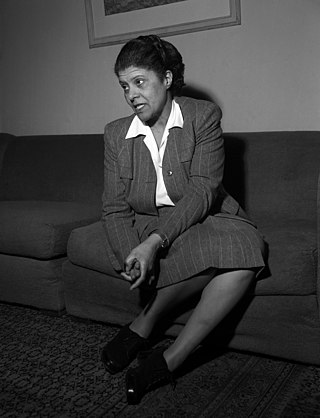
Eslanda "Essie" Cardozo Goode Robeson was an American anthropologist, author, actress, and civil rights activist. She was the wife and business manager of performer Paul Robeson.
The Pool Group were a trio of filmmakers and poets consisting of H.D., Kenneth Macpherson, and Bryher. Their work has been studied by poetry and film historians as well as by scholars of mysticism, feminism and psychoanalysis. The group produced four films of which Borderline is perhaps its best known, featuring the African American activist and entertainer Paul Robeson in the lead role. They also published a progressive and opinionated film journal called Close Up. The Pool Group were virtually forgotten for more than half a century after they broke up in the mid-1930s until the early 1980s when they were rediscovered by historians of 20th century arts and cinema.

Enough Stupidity in Every Wise Man is a five-act comedy by Aleksandr Ostrovsky. The play offers a satirical treatment of bigotry and charts the rise of a double-dealer who manipulates other people's vanities. It is Ostrovsky's best-known comedy in the West.
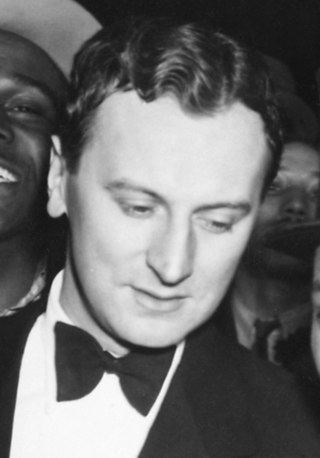
Kenneth Macpherson was a Scottish-born novelist, photographer, critic, and film-maker, the son of Scottish painter John 'Pop' Macpherson and Clara Macpherson, and descended from six generations of artists. It is only in recent years that Macpherson's contribution to cinematography has come to be recognised with the re-discovery of his work, which, though limited in output, was far ahead of its time, both in subject matter and cinematic technique. In his work with the Pool Group (1927–1933), which he co-founded with Bryher and H.D., Macpherson also established the influential film journal Close Up.
Close Up was an influential literary magazine devoted to film, published by the Pool Group between 1927 and 1933. "It was the brain child of Kenneth Macpherson, a young man of independent means, not a little talent, and quite a lot of personal charm". The monthly magazine, founded at the group's 'headquarters' in Territet, Switzerland would be dedicated to "independent cinema and cinema from around the world". The first issue was published in July 1927 and described itself on the front cover as an "international magazine devoted to film art". Macpherson was editor-in-chief, with Bryher as assistant editor, and Hilda Doolittle ("H.D.") and Oswell Blakeston making regular contributions.
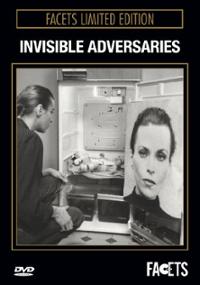
Invisible Adversaries is a 1977 Austrian experimental drama film directed by Valie Export, her debut feature film.
Susan McCabe is an American poet and scholar. She is currently a Professor of English at the University of Southern California.
Eccentrism was an avant-garde artistic movement in the Soviet Union active during the 1920s. In the early 1920s it was a movement in theatre associated with the factory of the eccentric actor (FEKS), which rejected traditional theatrical acting in favor of a modern and physical performance incorporating shocking stunts, derived from the circus and other popular entertainment. A school of eccentrist cinema emerged from the theatre group in the later 20s. Sergei Eisenstein was briefly associated with the movement.
Variations is a 1998 American short silent avant-garde film directed by Nathaniel Dorsky. It is the second film in a set of "Four Cinematic Songs", which also includes Triste, Arbor Vitae, and Love's Refrain.